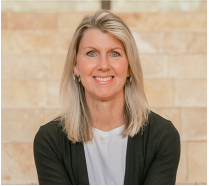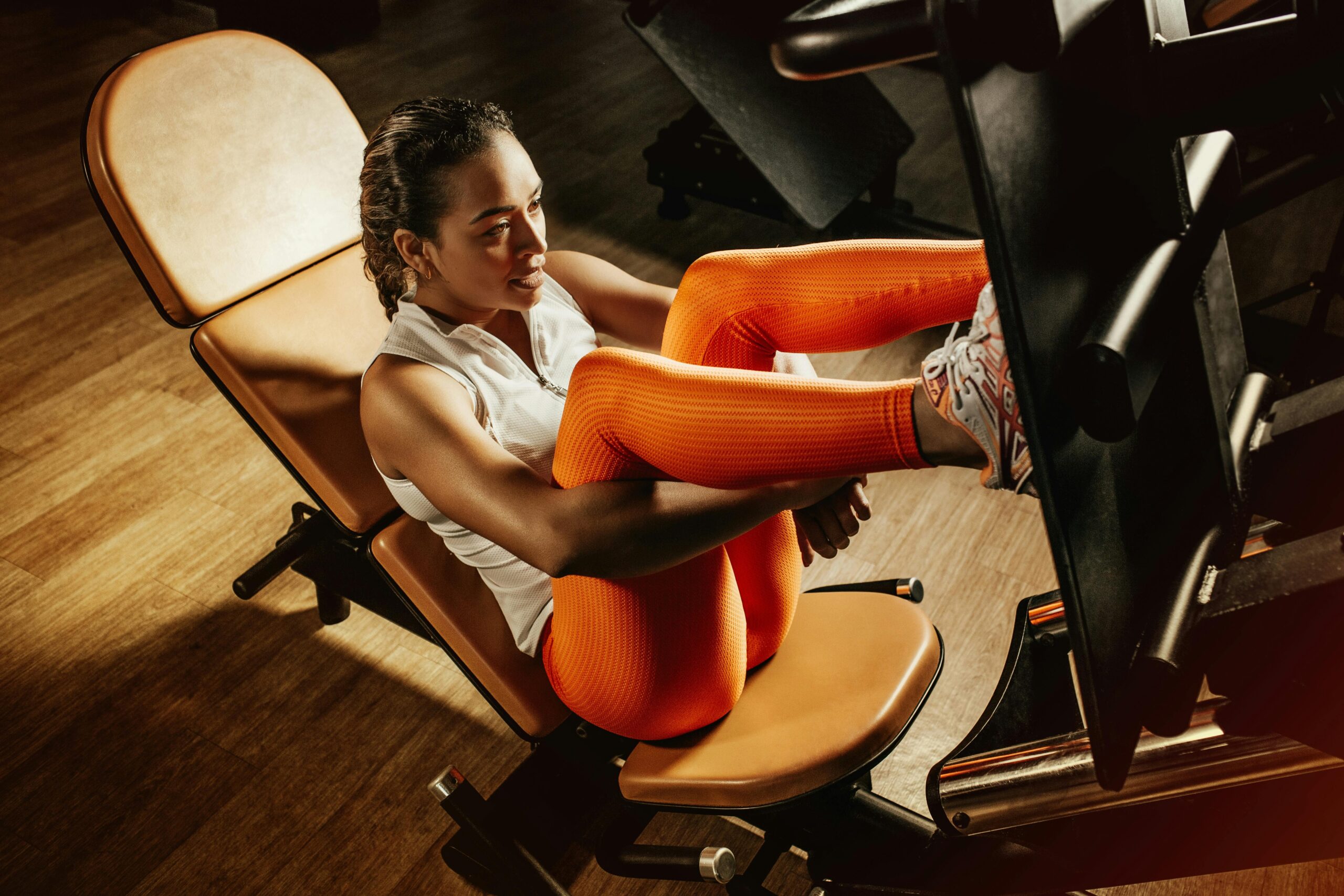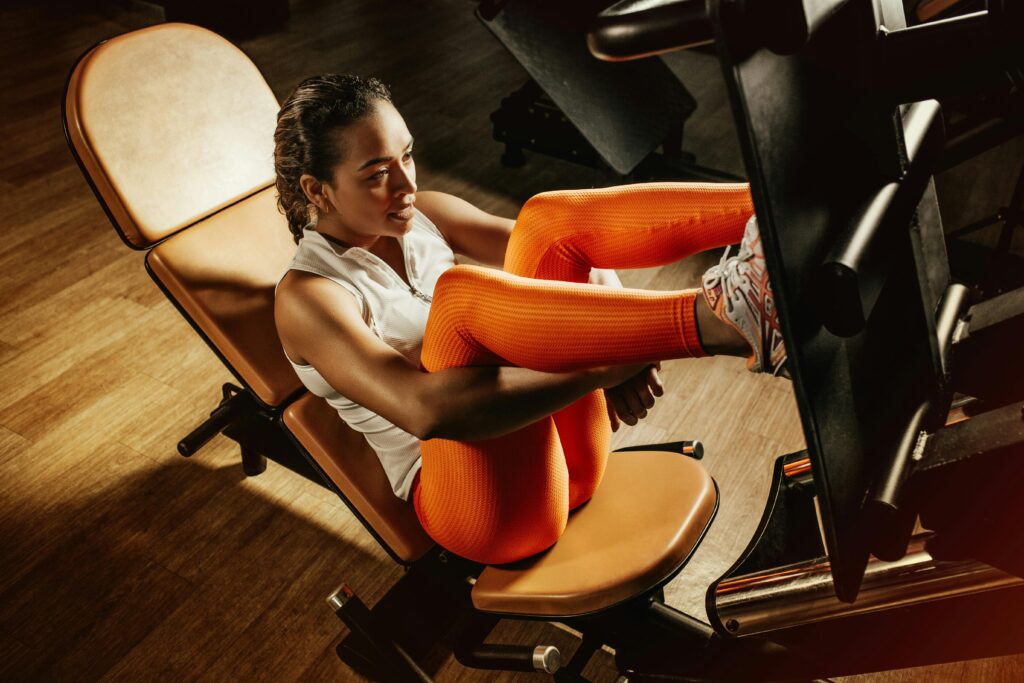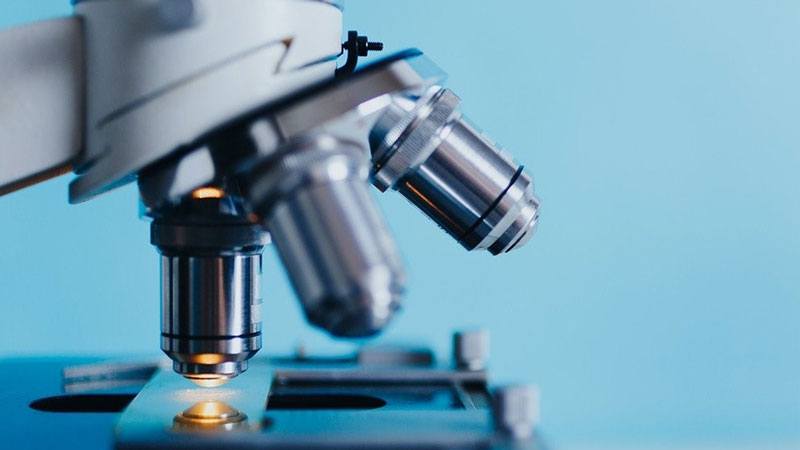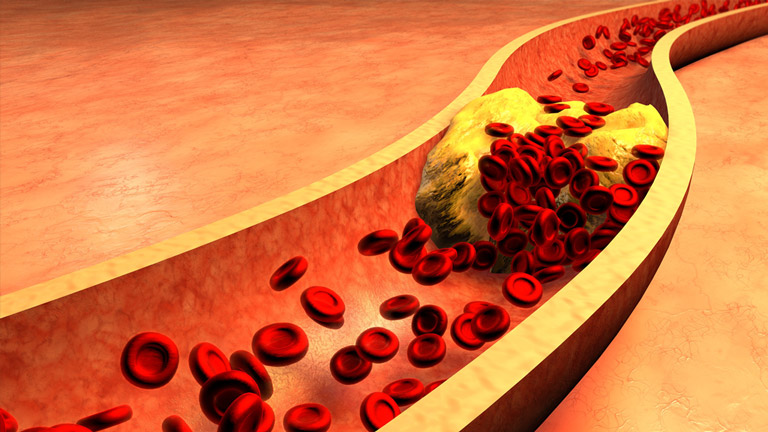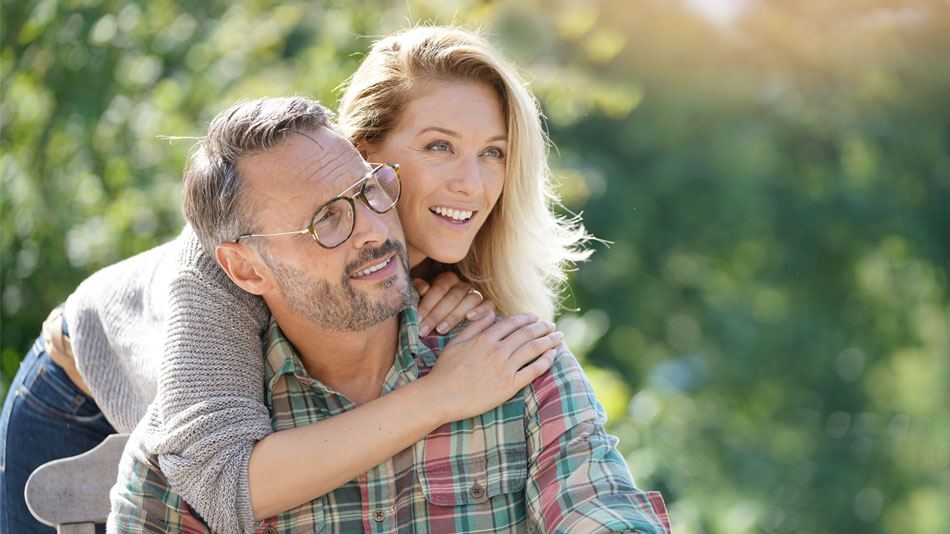Our bodies are pretty incredible on how it functions and moves. In our twenties, we seem pretty invincible, but as we age, that feeling starts to change as our bodies start to change.
Five domains of fitness can be observed and measured: posture, strength, balance, flexibility, and endurance. Below are some bullet items for your benefit on these areas of fitness.
Posture
- Your back is the key to good posture as well as symmetry
- Lower lumbar stenosis (narrowing of the spinal canal) is the increasing common cause for lower back pain and leg pain in persons over 55 years
- Plank is one of the hardest exercises to do because so many muscles contract at the same time
Strength
- High-intensity strength training is an effective means to preserving bone density while improving muscle mass, strength, and balance in postmenopausal women, Journal of the American Medical Association
- Exercise is found to improve bone mineral density in the back, Journal of Gerontology
- Muscles peak in strength in your thirties and then decline by 30% between the ages of 30-80 years of age.
- You can increase strength by adding a strength training program to your workouts
- Strength can be increased by 50% by using a slow count method of lifting and lowering
- 10 count lift with a 4 count lower using heavy weight. Using this protocol, you only need to do 1 set and 4-6 reps.
- This is not recommended for everyone
Balance
- Research shows that 1/3 of people over 65 years, fall at least once each year
- Balance is the ability of the body to maintain equilibrium when doing daily activities
- Balance can be improved if intentional balance exercises are performed regularly. Do not overlook these exercises because they do not seem to “make you sweat”.
Flexibility
- Flexibility will decrease with inactivity
- When stretching, avoid locking out your joints, keep them soft
- Hold stretches at least 30 seconds, take a breath deep, slowly exhale as you stretch
Endurance
- The antidote to aging is activity
- Exercise is proven to help improve your mood and self-esteem
- Women engaged in activities (sports, housework, leisure time) had a 36% reduction in the incidence of hip fractures, Annals of Internal Medicine
- 1 in 3 women will experience an osteoporosis-related fracture sometime in her lifetime, while only 1 in 8 men will experience this.
- Osteoarthritis is a degenerative joint disease characterized by the wearing away of cartilage that covers the ends of bones
- Osteoarthritis is the leading cause of disability of persons over 65 years
- Rheumatoid arthritis is an autoimmune system disorder resulting in an inflammation of connective tissues throughout the body
- After your twenties, your endurance starts to decline by 8% each decade
- As you age, your maximum heart rate reduces
- Loss of elasticity in your arteries can reduce your cardiac output by 1% each year
- Coronary artery disease, peripheral vascular disease, and chronic obstructive pulmonary disease are health-related conditions that affect the body’s ability to transport blood and oxygen to all parts of the body
- You have 206 bones
Need Guidance?
Inactivity enhances the health issues of aging. Regardless of your age or how active or not you have been, physical activity will give you benefit in at least one of these domains: posture, strength, balance, flexibility, and endurance.
One thing I have found to be true in most Cenegenics Members, especially women, is you are stronger and capable of doing more than you think. If needed, start at home. Walk an extra block each week. Use light weight dumbbells and work up to weight that will challenge your strength. The key to improving is DOING. Is it a priority or not? This is the time to invest in your health, not after a doctor tells you a diagnosis of disease.
The above information came from Age-Defying Fitness by Marilyn Moffat and Carole B. Lewis. They are both doctors of physical therapy.
